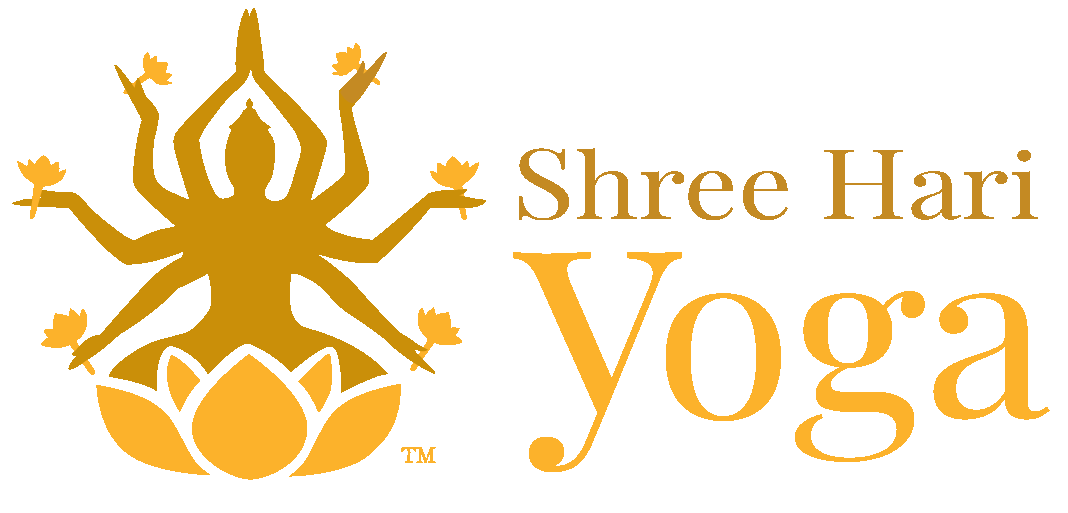Sanskrit terms for Asana and Kukkut include Cock or Rooster, respectively. Due to the way it looks, Urdhva Kukkutasana, also known as the Cocker Pose, earned its name. Sacred yoga texts from long ago, including the Gheranda Samhita and the Hatha Yoga Pradipika, mention the cock or rooster yoga pose.
Keep at least a four- to the six-hour gap between your practice and meals, so you have enough time to process your nourishment and refuel for your practice.
Steps for Upward Rooster Pose:
- Start by sitting in the Padmasana position on a yoga mat (The Lotus Pose).
- Now, extend your arm and place it between your thighs and calf muscles.
- Your palms should be on the ground facing down with your fingers spread wide.
- By pressing your palms against the floor as you inhale, make an effort to lift your entire body off the ground.
- Try to maintain balance when your entire body weight is on your two palms.
- Breathe in and out slowly while remaining in this position.
- Aim to hold this position for a minute or two when you start.
- Maintaining a straight leg while taking a deep breath and relaxing will help you to release from this position. To return to the starting position slowly.
- Now, you can perform this pose once more. For best results, perform this posture for at least 5 minutes.
- You may experience some discomfort when beginning this yoga pose in your legs, hips, thighs, shoulders, abdomen, and knees; however, as you continue to practice, you will be able to perform this pose more effortlessly.
BENEFITS OF THE UPWARD ROOSTER POSE:
- Strengthens arms and shoulders:
The yoga pose Urdhva Kukkutasana strengthens your arms and shoulders.
The best part about poultry is that it stretches your entire upper body, including your abdomen, chest, hands, and shoulders. This improves blood flow to these areas, which tones and strengthens your muscles.
The risk of injury is decreased with daily practice of this yoga, and any pain in the hands, shoulders, chest, or abdomen can be treated.
- Reduces belly fat:
Yoga’s Urdhva Kukkutasana can help you lose belly fat and a heavy stomach.
Daily yoga practice is recommended if you want to lose weight.
Your abdominal muscles are under a lot of strain in the yoga pose known as Urdhva Kukkutasana. Thus, the area’s excess fat is reduced, and your stomach muscles become more toned.
- Cardiovascular Health Advantages
This yoga helps the heart stay healthy by opening the chest and enhancing blood flow. Urdhva Kukkutasana Yoga promotes smooth blood flow to prevent cholesterol buildup in the arteries.
- Helps build biceps and triceps muscles:
Regularly performing Urdhva Kukkutasana yoga can tone your biceps and triceps muscles. Because your entire body weight is on your arms during this yoga, they get more blood flowing to them and get toned.
During this yoga, the blood flow increases, providing the muscles with the nutrition they need to grow.
- Improves digestion:
Practicing Upward Rooster Pose regularly is excellent for the digestive system and aids in preventing issues like constipation. Since the stomach organs are under pressure while practicing this yoga, more enzymes and digestive juices are produced. Therefore, eating is simple to digest, which promotes good health.
- Reduces confusion:
This pose enables greater mental and cognitive focus. It is challenging but possible to improve concentration, and increased attention requires a lot of steadiness.
- Awakens Kundalini:
Activates the Muladhara Chakra and awakens the Kundalini with the help of this practice. The yogi advance on their spiritual path thanks to this.
- Balance and Awareness:
Balance, awareness, and strength are all necessary for hand-only balance. One of the most effective postures for improving concentration is this asana, which improves the coordination of the brain’s balancing functions with the ear, eye, and muscular systems.
- Organs and Stimulation:
Pressure in the abdominal area massages the digestive organ due to stress. Enzymes and juices for digestion are produced more effectively as a result.
In addition to stimulating the adrenal glands, which control the immune system, metabolism, and blood pressure, abdominal massage also stimulates the area.
A natural painkiller called endorphin is released into the brain when the practitioner of this asana is physically stimulated. By practicing this pose, you can get a decent night’s sleep while lowering your stress levels.
To produce heat in the body, Urdhva Kukkutasana speeds up your metabolism.
Sweating throughout the exercise, this helps to burn off additional calories or belly fat.
- Awakens Kundalini:
When performed correctly, this asana causes the mooladhara chakra to be activated, thereby arousing the Kundalini.
Consequently, the practitioner’s life gains life, vigor, and growth. decreases sluggishness and unneeded lust for pleasure, among other traits.
- Flexibility and range of motion:
This pose puts great strain on the wrist, shoulder, ankle, and knee joints, which strengthens them. But regular Urdhva Kukkutasana exercise encourages smooth blood flow while fortifying and toning the troublesome muscles.
Stretching the lower back, upper thigh, and hip muscles in Urdhva Kukkutasana, also known as padmasana, increases mobility in those areas.
Urdhva Kukkutasana or the Upward Rooster Pose Safety Precautions:
- Urdhva Kukkutasana yoga should not be practiced by those who have heart conditions.
- Doing this yoga in such a situation is not advised if you have pain in your hands or arms, especially.
- If your shoulders hurt, you should avoid doing this yoga.
- People should avoid practicing this yoga if they have trouble bending their elbows or elbow issues.
- A patient with spleen issues should not perform Urdhva Kukkutasana yoga.
- Please pay close attention to the fact that you should practice this yoga on an empty stomach while performing it.
- This yoga is not recommended if your wrists have a blood flow or vein issue.
- Unless your hands or shoulders have fully healed from sprains, you should refrain from practicing this yoga.
